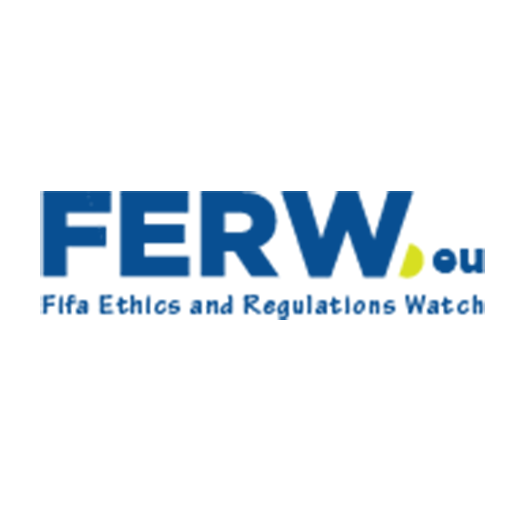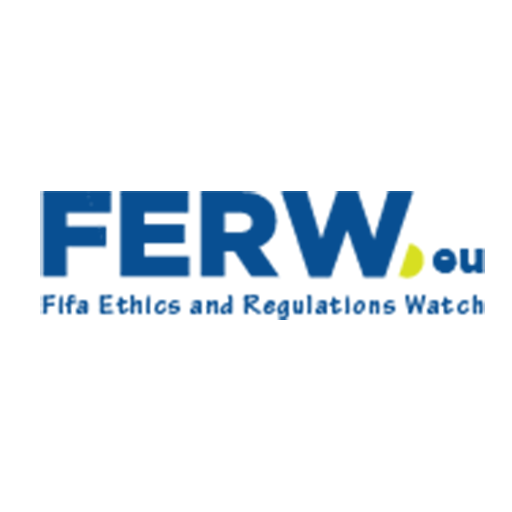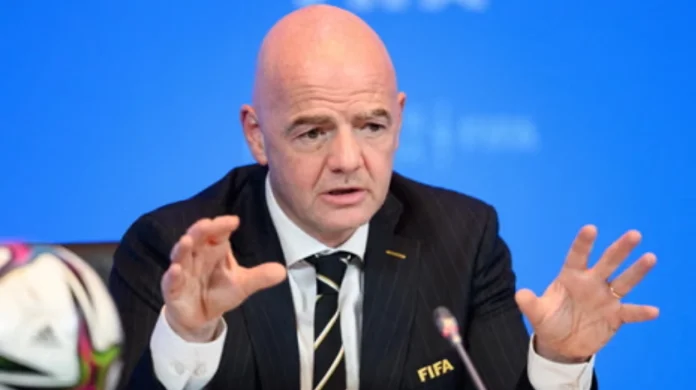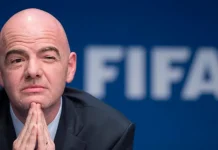The 2025 CONMEBOL Sudamericana match between Argentina Independiente and Chile Universidad de Chile in August 2025, became the latest football violence clash in South America. With fans beating each other in the stands throwing rocks, stadium sinks and stun grenades, the game was paused at the half.
One was seriously injured and more than 90 were arrested, authorities agreed. The turbulent culmination of the match sparked calls to hold regional organisations more accountable amid the question of whether or not the leadership of Gianni Infantino is doing enough to curb the issues of football related violence in the continent.
The original lack of response by Infantino to members of the public was criticized by international pundits. He made an official denouncement two days afterwards which requested national and local authorities to beef up security. However, critics observed that the statement was not very specific and urgent considering that the incidents have been happening over a long time. FIFA’s traditional approach—reactive condemnation and delegation to regional confederations—once again raises doubts about the organization’s broader commitment to proactive governance.
FIFA’s Institutional Limits And Persistent Security Failures
Violence among fans in the football stadiums in South America is not the first one, and FIFA did not demonstrate consistency in dealing with the problem. Infantino has had to take over a global institution still reeling under years of internal corruption scandals, and South American stadiums have remained amongst the most volatile football venues in the world. Whereas other continents have collected some positive results in stadium security, the region can be prone to recurrent incidents that could often be related to political, economical, and social tensions.
Earlier efforts in reforming stadium security infrastructure by providing financial grants and changing the regulations have failed because they are badly implemented. Local federations have proceeded with reluctance in implementing the mandatory crowd-control technologies and the coordination with the police has often been lower in the standards. The focus of Infantino in his tenure has been expanding the world’s markets and the bid processes in major tournaments, however, critics have aired objections that problems like regional violence have not been accorded the same given focus.
Reactive Rhetoric And Limited Enforcement
Gianni Infantino’s role, while influential, is constrained by FIFA’s reliance on confederations such as CONMEBOL to enforce rules and disciplinary measures. The confederation’s track record includes lenient punishments, prolonged investigations, and inconsistent enforcement. FIFA’s stance often defers to these bodies for initial responses, delaying accountability at the global level. After the August 20 violence, CONMEBOL pledged an internal review, but its disciplinary history has failed to instill public confidence in its ability to act independently or decisively.
In previous cases—such as the 2023 Boca Juniors and Corinthians fan clashes—investigations concluded with minor fines and limited match-day restrictions. Without external oversight or escalated consequences, the deterrent effect of such measures remains weak.
The Role Of National Authorities In Ensuring Fan Safety
The scale of the violence during the Independiente match highlighted not only club and confederation failures, but also deep flaws in local policing strategies. Officers on-site were reportedly overwhelmed, and video footage showed poor crowd control planning before kickoff. Chilean and Argentine authorities have since launched inquiries into their respective law enforcement operations, suggesting coordination gaps and inadequate preparation for high-tension fixtures.
Such security failures place regional governments in direct contention with both football governing bodies and fan groups. Political leaders increasingly demand a unified response—beyond stadium-specific fixes—calling for FIFA and CONMEBOL to enforce stricter club compliance measures and invest in cross-border security initiatives.
Stadium Infrastructure And Legal Enforcement
South America’s football architecture varies widely in quality and preparedness. In many stadiums, the surveillance system is outdated, evacuation routes are inefficient, or ticketing is not digital, in which case, the way to deal with these problems can be reduced. Legal enforcement is also different across countries as some states are not very effective to prosecute violent offenders because of the lack of evidence or the weak dispensation.
The Sudamericana is a routine continental competition to which FIFA does not attach much prominence in continuing improvement of legacy infrastructure when the tournament is awarded to a city. A review of the 2025 incidents shows the undeniable need to treat such matches in the same way as far as treating them similarly and investing in preventative safety systems is concerned.
Culture, Identity, And The Limits Of Top-Down Governance
Football violence in South America is locked in local identity, inequality in the society and historical hostility. Matches are used as means of more than sport events; they become the platform of regional, class or political tensions. Fan groups, or barras bravas, are organized crime groups organized around football fandom that have their own licit and illicit power structures and occasionally even criminal associations and are thus very hard to control by means of sport-specific policies alone.
Infantino FIFA has tried to accommodate the uniqueness of the cultures with international standards. The case regarding the August 2025 shows, however, that it is difficult to transfer the European models of governance into a setting in which football can be viewed as an inseparable part of community and political life.
FIFA’s Responsibility To Enforce Uniform Accountability
This balancing cannot cause dilution of the bottom line in the responsibility of FIFA in terms of safety enforcement. As the guardian of football all over the world, the credibility of FIFA rests on its capacity to implement the same level of disciplinary expectations across all confederations. The critics note that the priority of Infantino on World Cup expansion and the establishment of international partnerships would have to be complemented by the specific plans in regard to club-level safety. There is no consistent punishment that would allow convincing criminals with previous offenses and lead to a belief that FIFA is a fairly enforced institution.
Some of the stakeholders suggest that FIFA should embrace the use of independent disciplinary panels that have the mandate to reverse the decisions of the confederations when violating safety rules takes place. These would consolidate accountability but at risk of straining relationships with local stakeholders who are already averse to domination by foreign actors.
Media Attention And Reputational Fallout
The case received a global outcry by both football commentators and trackers in Latin America. Among them, sports analyst Luis Omar Tapia commented on how they have apologized but not followed through after the offenses by its governing bodies. His comments are mirrors of the anger rising in the media and fans who feel that silence by FIFA is a breeding ground of impunity.
The repetitiousness of such situations with minimal discipline carries the implication towards the negative perception of South American football in the international community. Sponsors, broadcasters, and global audiences do not do so readily in a competition that is characterized by unpredictability and risk. Failing to make substantive reforms, the commercial sustainability of the football ecosystem of the region may decline.
The case of the August 2025 bombardment during Independiente match against Universidad de Chile is not only indicative of how volatile South American culture of football can be but also evokes its control issues through governance holes. The slow reaction of Gianni Infantino and FIFA’s traditionally reticent approach are likely to come under new levels of interrogation as to whether the global leadership of this sport can do more than express remonstrations to such concerns. With political pressure being built and the people becoming more patient, the second step in the involvement of FIFA in South America will tell a lot about whether it can not stay limited to platitudes but take the initiative in accountability. The stakes are not purely regional in nature: they concern the image of football as a sport that is aimed at bringing people together and not separating them.













